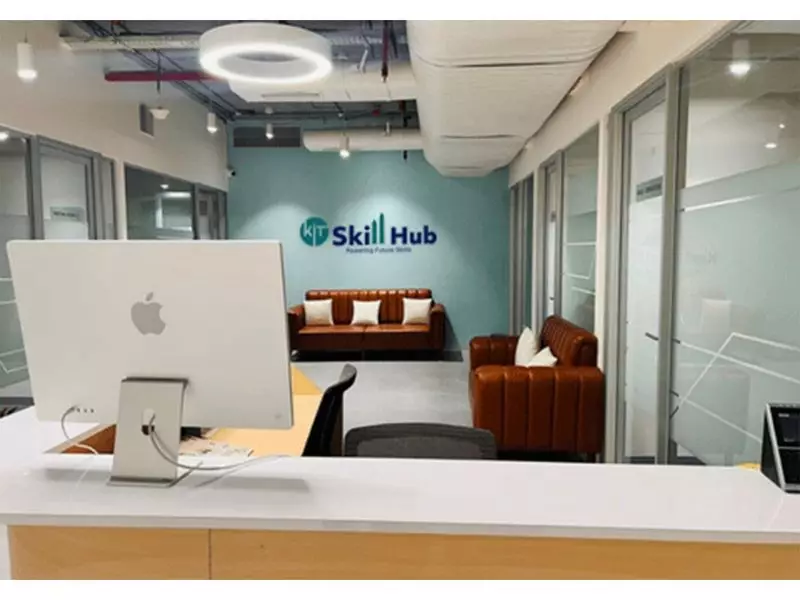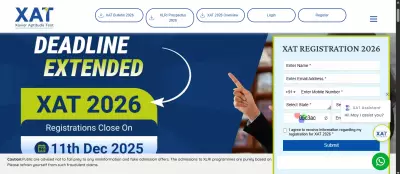
In a country where academic excellence is celebrated, a disturbing paradox persists: thousands of bright students with impressive marksheets remain unemployed. The reason? A massive disconnect between classroom learning and workplace requirements.
The Employability Crisis in Numbers
Recent studies reveal a troubling statistic - only 45-50% of Indian engineering graduates possess the necessary skills and practical knowledge demanded by today's competitive job market. This gap between theoretical knowledge and practical application has created an entire generation of 'educated unemployables.'
KIT's Revolutionary Approach
KIT's Skill Hub in Kolhapur has emerged as a game-changer in this landscape. Recognizing that academic brilliance alone doesn't guarantee employment, this innovative initiative focuses on transforming students into industry-ready professionals.
Key Components of Their Success Formula:
- Industry-Aligned Curriculum: Courses designed in collaboration with corporate partners to ensure relevance
- Practical Skill Development: Hands-on training that goes beyond textbook knowledge
- Personality Enhancement: Communication skills, interview preparation, and professional etiquette
- Real-World Projects: Opportunities to work on actual industry challenges
From Classroom to Boardroom: Student Transformations
The results speak for themselves. Students who previously struggled despite academic excellence are now securing positions with leading companies. The program doesn't just teach skills - it builds confidence and professional identity.
The Bigger Picture: India's Skill Development Mission
KIT's initiative aligns perfectly with India's broader mission to enhance employability among youth. As the country positions itself as a global economic powerhouse, such skill development hubs become crucial in harnessing the demographic dividend.
This comprehensive approach demonstrates that when educational institutions bridge the gap between learning and earning, even the most challenging employment landscapes can be conquered.





